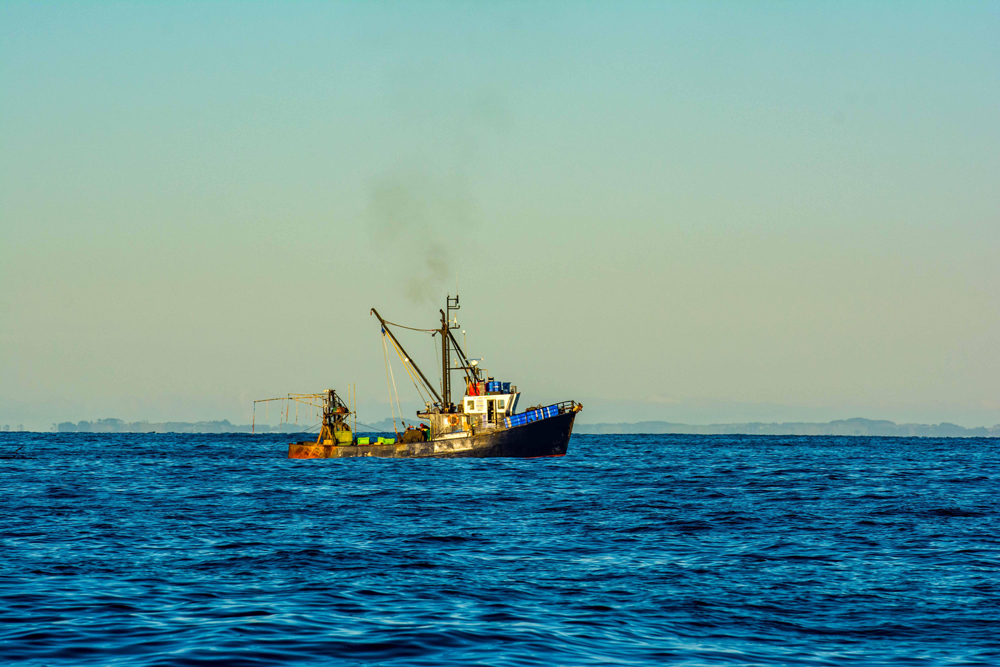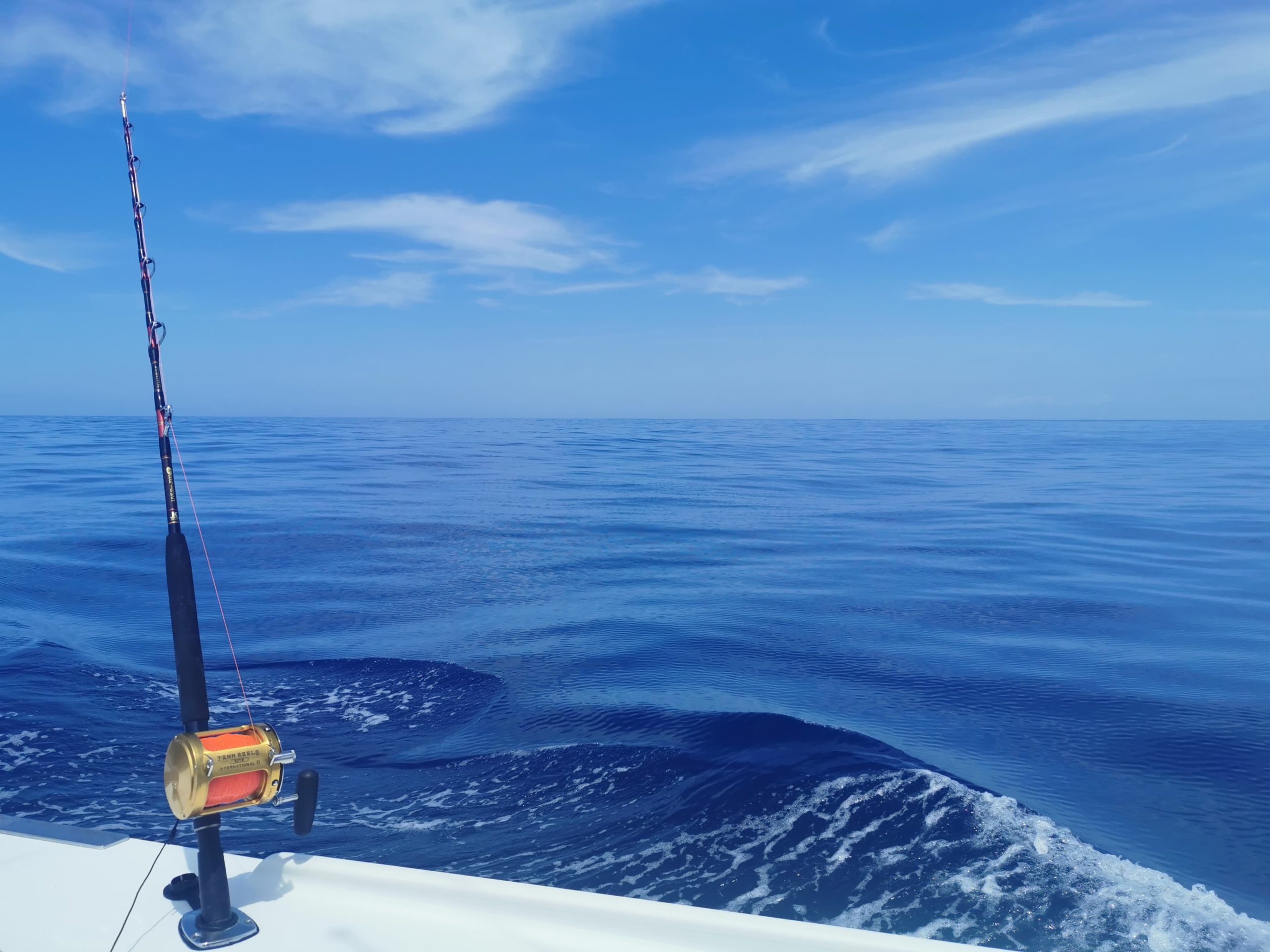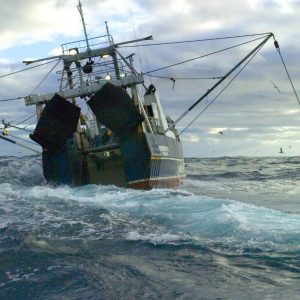Trawling and its effects on fish, people and future livelihoods has been a subject of debate for more than a century. A succession of Ministers have heard submissions, held meetings, drawn lines on maps and even established a commission of inquiry in 1918, yet we still have bottom trawling in many productive nursery grounds.

Even more ominous is the recent news that bottom trawling releases as much carbon dioxide into the atmosphere as the aviation industry worldwide. Most fish caught in New Zealand waters are taken by bottom trawlers. So even while many of us remain landlocked, we are collectively degrading our environment. If we care about protecting our fish, their habitat and the interests of future generations, we must act now to stop the destruction.
We don’t have to look far to see what might be achieved if trawling is banned from inshore waters. On the North Island’s west coast trawling has been banned from a vast area since 2008, in an effort to protect the critically endangered māui dolphin. The snapper stock has rebounded to a level much higher than any other inshore fishery. While there are multiple drivers for this rebuild, including warmer waters and improved seagrass habitat in west coast harbours, the exclusion of inshore trawling has contributed to a decade of high snapper survival rates.
The irony is that commercial interests are now clamouring for greater catches. Before the Minister accedes to the calls for higher catch limits, David Parker must consider the other more vulnerable species in the mixed trawl fishery.
The Minister has a legal obligation to act in a precautionary way if information is poor, uncertain or incomplete. Species that fall into this category out west include gurnard, kahawai, trevally, john dory and tarakihi. There is no way we can endanger these precious fish merely in the pursuit of greater snapper catches.
It has taken 33 years to rebuild snapper from its all-time low state to its current healthy level. The snapper fishery is now around half its estimated unfished size, that is called B50. LegaSea is advocating that the Minister needs to act cautiously, make gradual changes and institute regular monitoring to ensure snapper doesn’t drop below B50 and so the more vulnerable species can rebuild to B50. Otherwise we risk losing the full benefits of restoration.
It is only in the past few years that the average size snapper inside the west coast harbours has increased. West coast landbased fishers can now catch a reasonable bag of snapper for their efforts. Trailer boat fishers are enjoying catching several decent size fish to share with family and friends.
An abundant snapper fishery on the west coast provides for the social, economic and cultural wellbeing of thousands of people living between North Cape and Kapiti. As the Supreme Court noted in 2009, while there is discretion how fisheries can be used and by whom, the Minister has a statutory obligation to ensure sustainability. We must not jeopardise sustainability in the race to satisfy commercial demands for higher snapper catches.
As a part of our Rescue Fish policy we are calling for a nationwide ban on dredging and bottom trawling from inshore waters. rescuefish.co.nz/petition.





